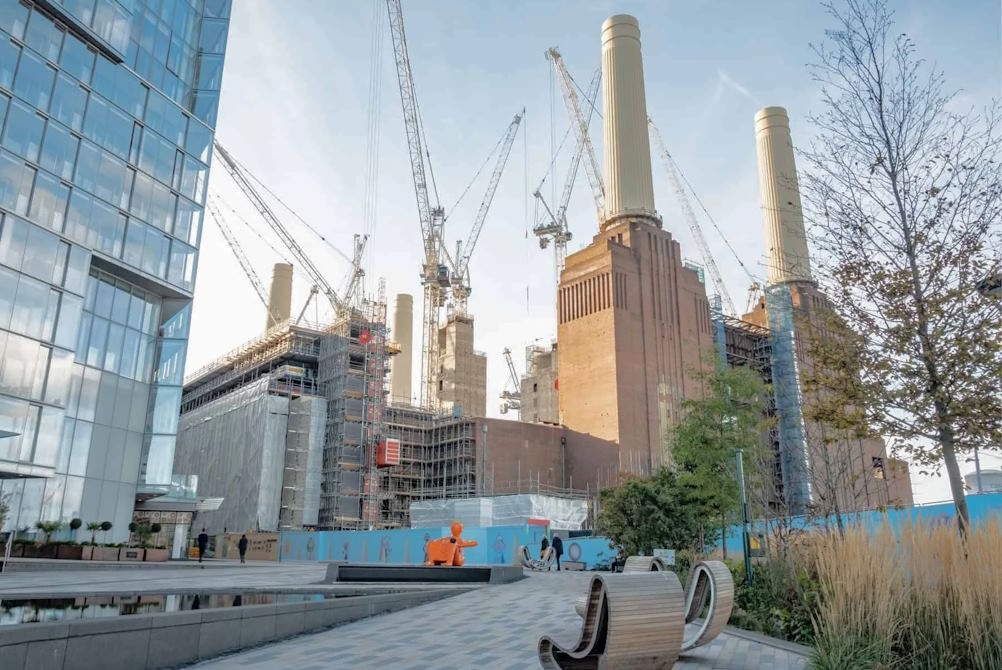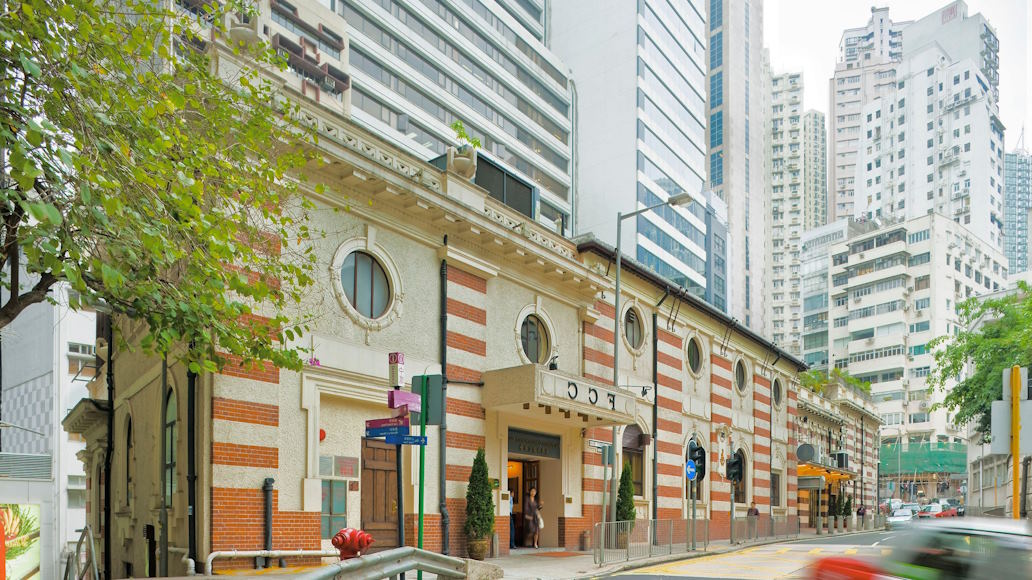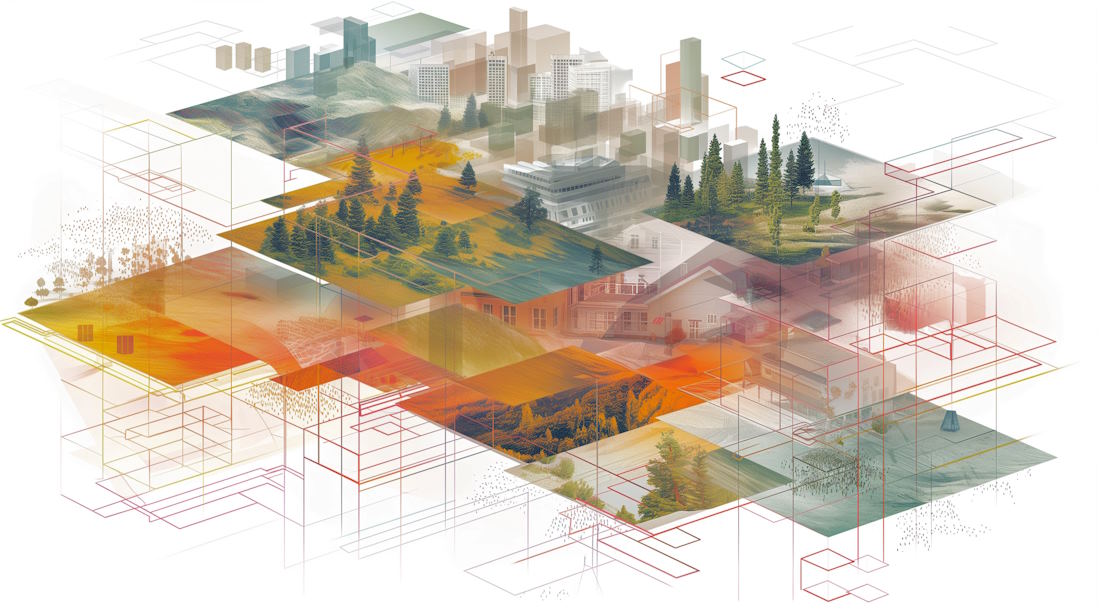Preserving Cultural Heritage in Urban Development Projects
Product Information
There are various obstacles to cultural heritage preservation in urban planning. The inability to develop sustainable urban environments that satisfy community needs despite laws and investments in preservation plans presents another challenge. Furthermore, a fundamental error has been committed by returning to a discrete and ineffective approach to individual monuments. There are challenges in identifying and maintaining landmarks and integrating cultural identity into urban renewal initiatives. Preservation is made more difficult by outdated materials and conservation efforts that ignore the historical context of heritage buildings.
Heritage preservation through urban planning
Around the world, urban planning is essential to heritage conservation. Heritage resources can be recognized and valued in a way that respects their cultural, social, and economic values by being assessed for their significance. When considering how the local community can value heritage buildings and sites, safeguarding heritage amidst urban expansion can also help with adaptive reuse. It necessitates giving careful thought to the needs of the community as well as the viability of restoration and reuse economically.

Renovation and conservation initiatives are essential components of urban regeneration.
What kind of project is conservation? Every conservation project or plan involves making decisions based on many values, goals, applications, functions, materials, technologies, and combinations of modern and historic architecture, arts, and sciences. Part of the goal of a restoration or rehabilitation proposal is to promote higher-use values. Usually, it leads to increased energy consumption. In addition to encouraging new economic development and investment, heritage conservation exacerbates the problem of climate change if the energy sources come from conventional carbon-based fuels.

It improves community involvement and intergenerational equity.
The preservation of historically significant districts can strengthen a sense of community by fostering a sense of shared destiny and ancestry. In societies, heritage creates a sense of belonging, but it also demands a common identity owned only by that society. It makes people feel proud, rooted, and ownership-minded, which benefits their general health and well-being.
Fostering regional customs and values
There is much more to traditional architecture than shape. It is an intricate network of shared meanings, values, beliefs, customs, and practices that have been treasured by many and transmitted down through the ages. Therefore, a recent best practice is to revitalise and transform these historic districts into places where local cultural practices can be shared, developed, and fostered. Arts, crafts, food items and culinary culture, theatre and performance, music, and visual arts are a few examples of balancing modernization with cultural conservation in cities.


